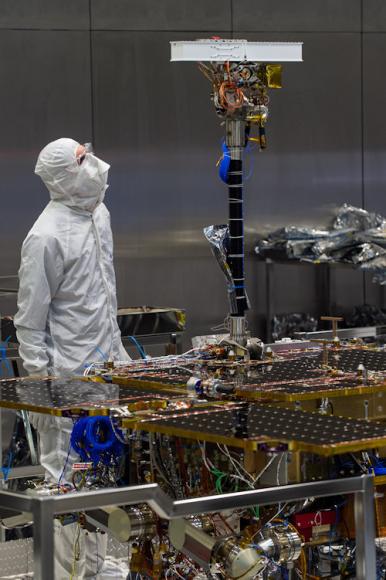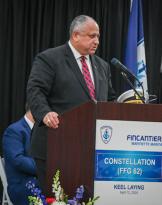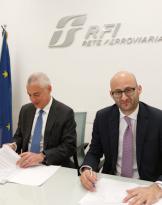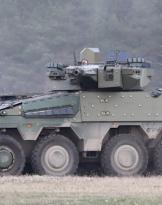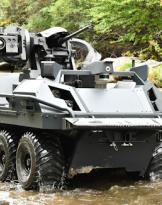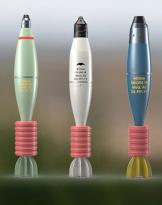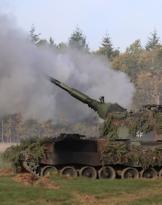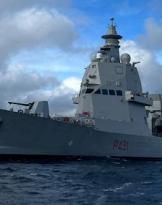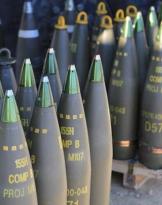The Panoramic Camera (PanCam), one of the most important devices of ESA's ExoMars rover, the European Space Agency, was assembled and integrated into the Stevenage Airbus cleanroom.
Designed and built by the Mullard Space Science Laboratory (MSSL) of the University College of London as part of an international partnership, the PanCam, which includes the high-resolution camera provided by DLR, will constitute for its rover its "scientific eyes", a once this will land on Mars, in the spring of 2021.
The high resolution camera will acquire 3D images that will be used by the autonomous navigation system on the rover. The images will be sent back to the Rover Operation Control Center so that the scientific team chooses a position. The rover Rosalind Franklin will then determine the safe route to reach that location. PanCam will also provide structural information, for example on lamination or corrosion, which could be related to the presence of organisms.
PanCam will also observe atmospheric phenomena, such as the famous Mars sand devils and water in the atmosphere.
The PanCam consists of three cameras. Two wide-angle cameras will take panoramic images and a rotating filter will allow them to view different wavelength images in 12. A high resolution camera will display color images. On the rover you will also find a Rover Inspection Mirror that will allow the PanCam to view the rover images not directly in its visual field, in order to monitor the rover status.
The rover Rosalind Franklin, whose assembly is currently underway at the Stevenage Airbus site, will be the first European planetary rover. His mission will be the search for signs of past or present life on Mars and will be equipped with an 2 meter drill to take samples under the ground, which will have them protected from the difficult environment rich in radiation that characterizes the surface.
The rover has nine tools that will help scientists conduct a detailed exploration of Mars, initially on a panoramic scale and then progressively converge towards smaller studies (under a millimeter) and end with the molecular identification of organic compounds. The rover is equipped with an autonomous navigation system developed by Airbus that will allow it to travel between the sites of interest much more quickly than the remote driving in real time from the Earth.
Rosalind Franklin is currently in the final stages of integration into the Stevenage cleanroom. The instruments were mounted inside the "tank" of the rover as well as the upper deck with solar panels. The rover drill has also been installed, and the relevant tests should take place in the coming weeks. After completion at Stevenage, the rover will be transferred to the Airbus facilities in Toulouse for an environmental test program in preparation for the launch.

